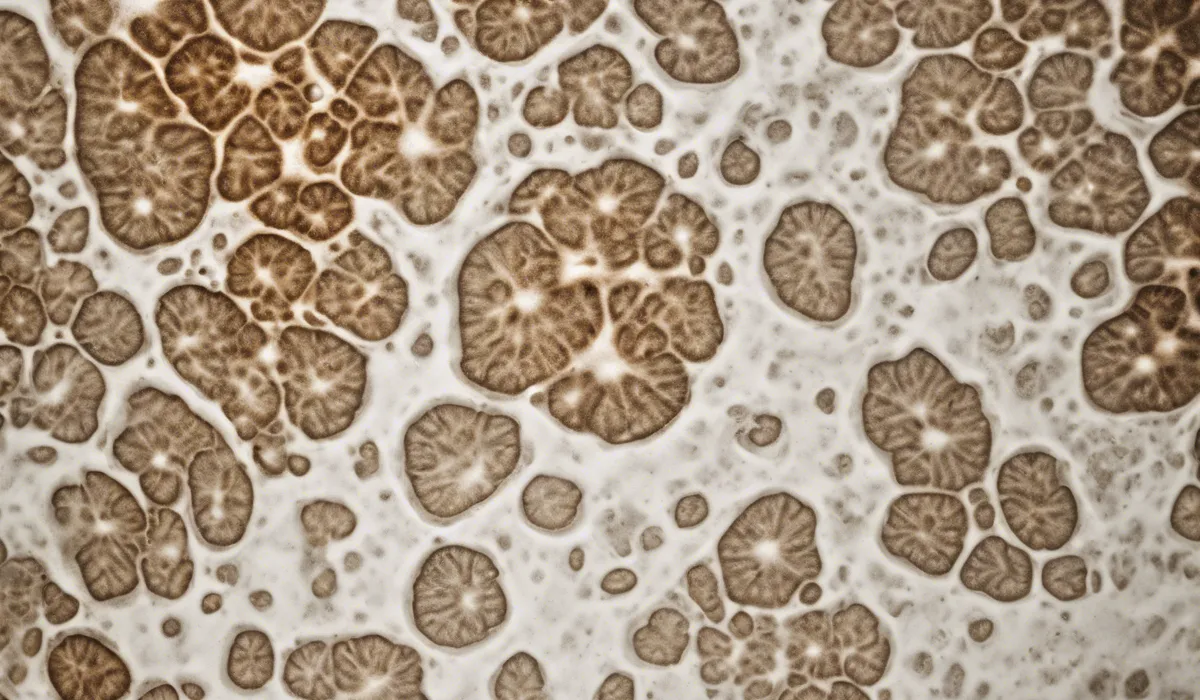Mildew stains typically appear as patchy, black or white spots that thrive in moist areas. They often have a powdery or fluffy texture and can emit a musty odor. These stains are commonly found on fabric, walls, and grout in damp environments.
Identification of Mildew Stains

Description of Mildew Appearance
Mildew is a type of fungus that presents itself as a thin, superficial coating on various surfaces. It can appear in patches or spread out over larger areas, depending on the extent of the growth.
Recognizing mildew begins with observing its distinctive visual characteristics. It typically manifests as powdery or fluffy patches that can be seen on damp materials.
The appearance of mildew can be a sign of excess moisture and poor ventilation in the affected area.
Typical Colors of Mildew Stains
Mildew stains often exhibit a range of colors, primarily black, white, or gray. These colors can provide a clue to the type of surface it has affected and the age of the growth.
Black mildew is commonly found in areas with constant moisture, such as bathrooms and basements.
White mildew stains are typically seen on organic materials like leather and paper, indicating the early stages of growth.
Common Locations Where Mildew Stains Are Found
Mildew thrives in moist environments, making certain areas of the home hotspots for its growth.
These include bathrooms, kitchens, basements, and any other spaces with high humidity and limited airflow.
It’s often found on walls, ceilings, window sills, shower curtains, and in grout lines on tiled surfaces.
Other common items that may harbor mildew include outdoor furniture, books, and clothing stored in damp conditions.
Texture and Pattern Differences from Other Types of Stains
Mildew typically has a powdery or fluffy texture, which sets it apart from other stains that might be caused by spills or dirt.
Its pattern is irregular, often appearing in patches that do not have a uniform edge, unlike stains that result from a splash or leak.
This irregularity is a key factor in identifying mildew over other types of common household stains.
Comparison to Other Stains

Distinguishing Mildew Stains from Mold
While both mildew and mold are types of fungi, they differ significantly in appearance and potential health effects.
Mildew, being surface-level, appears as a flat patch, while mold is more invasive and can penetrate beneath the surface of affected materials.
Mold often presents in a fuzzy or slimy texture and can come in various colors, such as green, red, or blue.
It’s important to identify whether a stain is mildew or mold, as mold may require more extensive remediation efforts due to its potential to cause health problems.
Differentiating Between Mildew and Other Common Household Stains
Mildew can be confused with soap scum in bathrooms, efflorescence on concrete, or simple dirt accumulation.
Unlike these substances, mildew stains are accompanied by a musty odor, a key indicator of fungal growth.
Moreover, mildew will remain if lightly brushed, while dust and dirt typically do not adhere as strongly to surfaces.
Impact of Various Surfaces on the Appearance of Mildew Stains
The type of surface affected by mildew can alter its appearance. On porous surfaces like wood or drywall, mildew can look more ingrained and be harder to remove.
Non-porous surfaces like tiles or plastics allow mildew to sit more on the surface, making it easier to clean.
Understanding how mildew interacts with different materials is crucial for effective identification and removal.
Removal and Prevention of Mildew Stains

General Tips for Removing Mildew Stains
To successfully remove mildew stains, it’s important to act quickly and wear protective gear, such as gloves and a mask. Begin by ventilating the area to reduce inhalation risks.
Gently clean the affected surfaces with a soft brush to remove loose spores before applying any cleaning solutions.
Always test cleaners on a small area first to ensure they do not damage the surface.
Recommended Cleaning Solutions and Tools
Various cleaning solutions can be effective against mildew. A mixture of water and white vinegar is a natural option that can kill mildew without harsh chemicals.
For tougher stains, a solution of water and bleach may be necessary. Use a spray bottle for application and a soft-bristled brush or cloth for scrubbing.
Ensure that the area remains well-ventilated during cleaning to dissipate fumes.
Strategies for Preventing Mildew Growth and Stains in the Future
Preventing mildew involves controlling moisture levels and ensuring good air circulation. Use dehumidifiers in damp areas, and fix leaks promptly.
Regularly clean and dry surfaces that are prone to moisture, such as shower walls and window sills.
In areas like bathrooms, it’s beneficial to run an exhaust fan during and after showers to reduce humidity. Additionally, consider using mildew-resistant paints and sealants in high-risk areas.
FAQs About Mildew Stains
What do mildew stains typically look like on fabric?
Mildew stains on fabric usually appear as irregularly shaped, black or white spots with a powdery or fluffy texture.
How do mildew stains appear on walls?
On walls, mildew stains often manifest as patchy, black or white spots that may look like smudges or discoloration in damp areas.
What is the texture of mildew stains?
Mildew stains typically have a powdery or fluffy texture that can be wiped or scrubbed off surfaces.
What odor does mildew emit?
Mildew can emit a musty, unpleasant odor that is often associated with damp, stale environments.
Where are mildew stains most commonly found?
Mildew stains are most commonly found in moist areas, such as bathrooms and basements, on surfaces like fabric, walls, and grout.
Final Thoughts
Mildew stains are identifiable by their patchy black or white spots, commonly flourishing in damp areas.
They can present a powdery or fluffy surface texture and are often accompanied by a distinct musty smell.
Such stains are frequently observed on fabrics, walls, and in the grout of moisture-rich environments.
